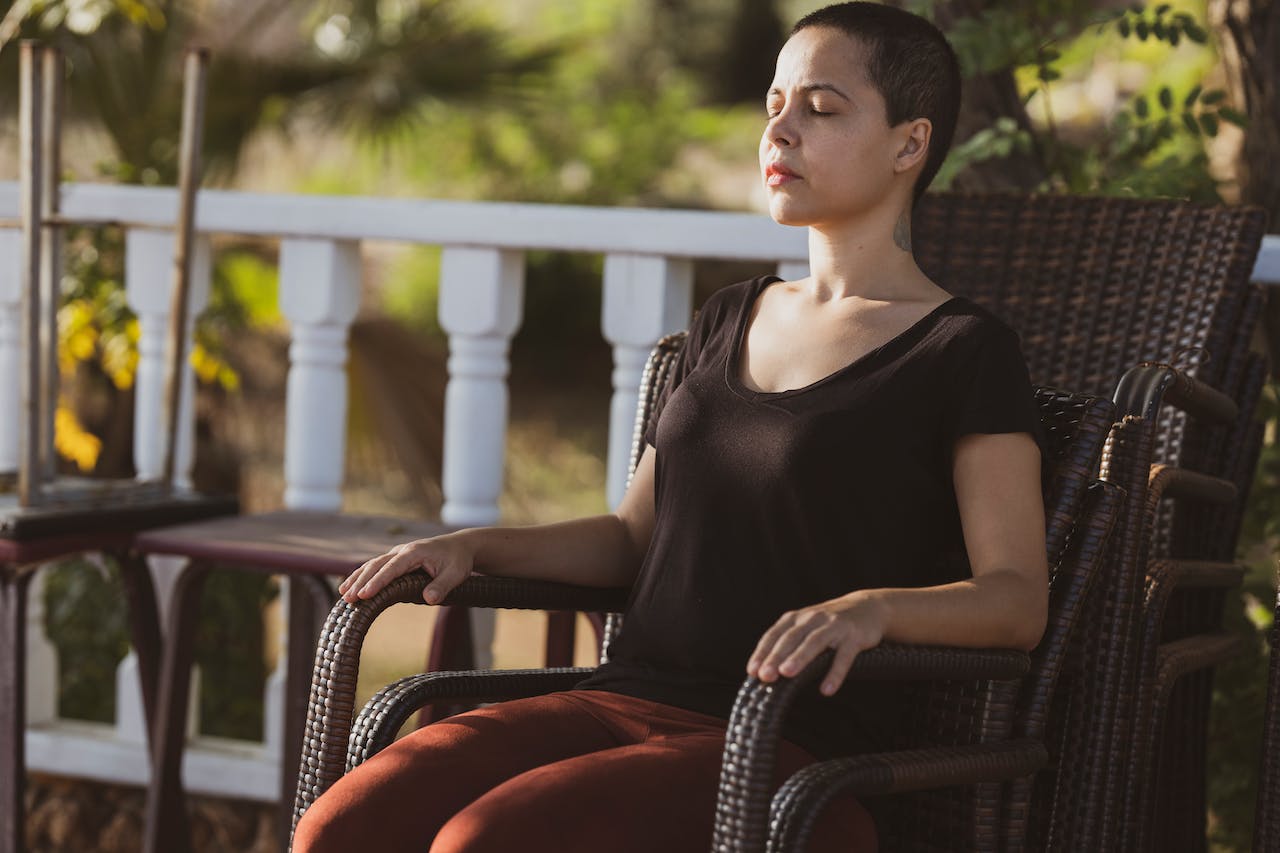This is the second in a series of articles where I take a look at key words and phrases that play an important role in the work I do, helping people discover ways to live and love like they mean it.
You can view the entire series here.
Subscribe to our newsletter to have these posts delivered straight to your inbox.
When it comes to emotional mindfulness, it’s so important for us to be attuned to and present with our physically felt experience.
Now, you may be wondering why a focus on our body is necessary if our emotions are rooted in our brains?
Each and every one of our emotions are experienced in our body in the form of feelings whose presence we become aware of through sensations, reactions, and physical impulses.
When we’re embarrassed, we may feel our face heat up and the inclination to pull away. When we’re anxious, we may experience muscle tension or changes to our breathing patterns. When we feel love, we may feel warm sensations in our torso and even a tingling under the skin.
Often, our emotions come upon us so rapidly and with such intensity, it would be hard to deny their existence and to understand what’s triggered them. But at other times, our feelings may present more subtly and it’s not readily apparent why we’re feeling what we’re feeling. And for those of us with a feelings phobia, our emotions can be tricky to detect, as they’re often hidden by our anxiety.
Mindfully tuning into our bodily sensations is a great way to increase our conscious awareness of what we’re feeling, opening us up to new information and bringing us closer to our core emotional experience.
It takes time and practice to develop awareness of what’s going on with our body. Many of us are so used to focusing on our thoughts instead of spending time with our feelings, that it can be quite challenging to quiet the chatter in our head and shift our attention to our felt experience.
When trying to tune in to your body sensations, it can be useful to scan your body and notice:
Where energy is flowing and where it is stopping.
Where you may feel constricted or not.
Whether your breathing has changed, become slower, or gotten quicker.
The good thing about developing awareness of what’s going on in our body is that we can practice anytime, any place. All we need to do is stop for a moment and check in with ourselves.
We just need to get outside of our heads and focus inwardly to begin to see what’s going on. If multiple things are happening for us all at once, it might feel challenging to distinguish what’s going on inside. This is precisely why slowing down is so useful. It gives us time to make room for just one thing: to tune in to what’s happening in our body. It makes it easier for us to see the nuances of our experience.
Something to try
Find some time and a quiet space in which you can make some room to become more acquainted with your emotional experience. Where you can notice and observe your feelings as and when they arise in your body.
Get into a comfortable, relaxed position that allows you to connect with the energy that’s inside you. Usually, it’s best to sit upright in a chair with your back straight and supported, and your feet flat against the floor.
Now, recall a time in your life when you felt a specific emotion – let’s say anger (but it could be sadness or happiness, love, fear, guilt or shame).
Whatever feeling you choose, visualize an emotionally charged moment in your life in as much detail as you can, recalling the time and place that evoked your emotional experience. Let the scene play out in your mind’s eye and let your feelings flow. As they do, scan your body and pay close attention to what’s happening inside of you. Starting with your head and face, then moving down to your neck, shoulders, back and chest. Then onto your arms, stomach and legs, until you’ve paid attention to everywhere in your body.
As you move through each area, write down the physical sensations you observe in that area. There’s no right or wrong answer here, so don’t judge yourself. Just note whatever comes up for you and keep an open mind. Try not to worry if you don’t notice anything in one or more areas of the body. That’s fine. This exercise is all about paying attention and getting an idea of where you are now.
The aim of emotional mindfulness is to help us be more consciously aware of our feelings and more present with them. It’s about noticing the physical reactions we have to our experiences. Seeing what happens. Taking time to look inward and just notice what’s going on inside of us.
The key to developing awareness of our emotions is rooted in our bodily experience, not in our mind. And when you begin to pay more attention to your body, you become more mindful of your felt experience. The more you practice, the more you notice, and the more attuned you become. And, when we’re aware, we’re in a better place to make constructive choices about how best to attend to our feelings.



